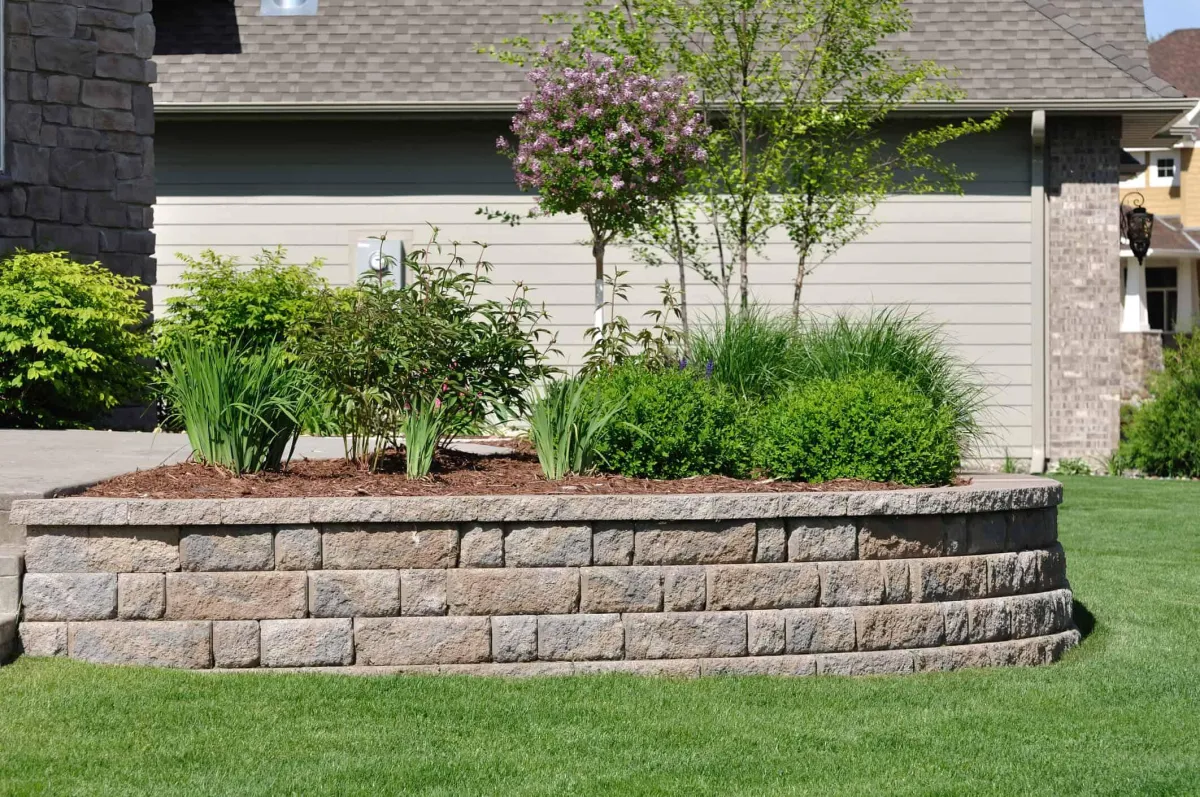RETAINING WALLS IN NORTHERN TEXAS

© Copyright 2025 Northern Texas Roofing and Construction, US. All Rights Reserved. - Privacy Policy - Terms & Conditions - DMCA
Website built by ClientSwing
© Copyright 2025 Northern Texas Roofing and Construction, US. All Rights Reserved. - Privacy Policy - Terms & Conditions - DMCA
Website built by ClientSwing
